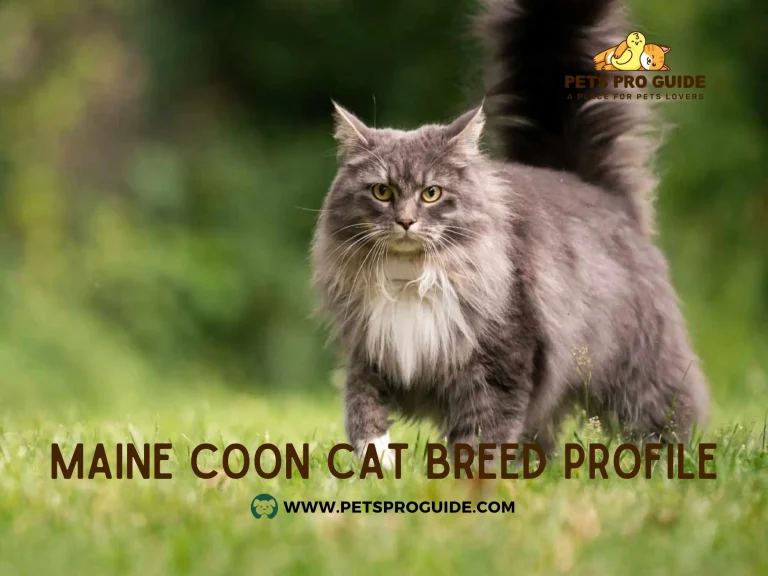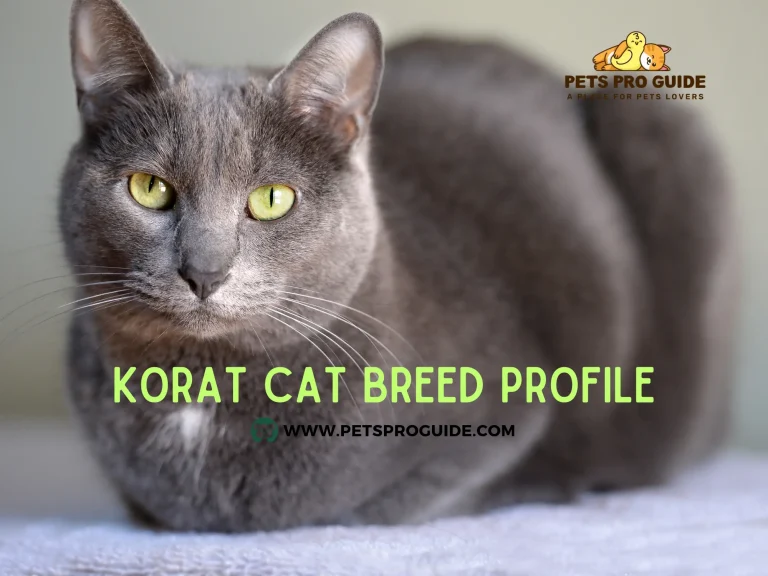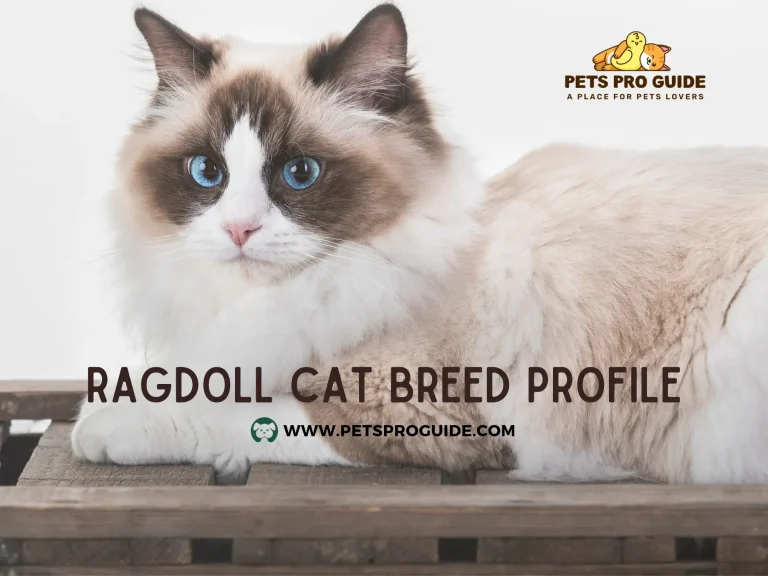Persian Cat Breed Profile: Hello, readers! It’s Addison here, excited to share everything you need to know about the Persian cat breed profile, along with some lovely pictures!
Persian cats, with their luxurious coats and sweet expressions, are one of the most beloved cat breeds worldwide. Originating in Persia (modern-day Iran), these cats have captured the hearts of millions with their beauty and gentle nature.
- Core Statistics
- History and Origins
- Appearance
- Personality
- Temperament
- Nutrition and Feeding
- Space Requirements
- Training & Exercise
- Persian Cat Grooming
- Common Persian Cat Breed Health Conditions
- Persian Cat Care Pro Tips
- Is Persian Cat Good Family Cat?
- What to know before you buy a Persian Cat?
- Persian Cat Breed Fun Facts
- Conclusion
- Read More
Core Statistics
Here are some core statistics:
- Common Names: Persian
- Personality: Sweet, gentle, and affectionate
- Height: 10 – 15 inches
- Weight: 7 – 12 pounds
- Length: 14 – 20 inches
- Life span: 12 – 18 years
- Good With: Cats, children, dogs, families, seniors
- Temperament: Gentle, quiet, affectionate, responsive, playful
- Colors: Tabby, smoke, shaded, silver, golden, black, white, blue, red, cream, chocolate, lilac
- Patterns: Bicolor, parti-color
- Coat: Long
- Intelligence: Medium
- Energy Level: Calm
- Vocal Level: Quiet
- Eye Color: Copper, blue, green, blue-green, hazel and odd-eyed
- Shedding Amount: Frequent
- Origin: Persia (Iran)
History and Origins
The Persian cat breed has ancient origins in Persia, where they were revered for their beauty and grace.
Appearance
Persian cats are known for their long, flowing coats, round faces, and large, expressive eyes. They come in a variety of colors and patterns, adding to their allure.
Personality
Persian cats are known for their calm and affectionate personalities. They enjoy lounging in comfortable spots and receiving gentle affection from their human companions.
Temperament
Persian cats possess a gentle and laid-back temperament, making them ideal companions for families and individuals alike. They thrive in peaceful environments and enjoy spending time indoors.
Nutrition and Feeding
Providing a balanced diet is essential for maintaining the health and well-being of Persian cats. High-quality cat food, rich in protein and nutrients, is recommended to support their long coats and overall health. It’s important to monitor portion sizes and avoid overfeeding to prevent obesity-related health issues.
Space Requirements
Persian cats appreciate having quiet and comfortable spaces to relax and unwind. Providing cozy beds and perches allows them to observe their surroundings while feeling secure and content.
Training & Exercise
- Persian cats are not particularly active and may prefer lounging to vigorous exercise.
- Gentle play sessions with interactive toys can help keep Persian cats mentally stimulated and prevent boredom.
- Positive reinforcement techniques work best when training Persian cats, as they respond well to praise and rewards.
- Providing scratching posts and climbing structures satisfies their natural instincts and helps keep their claws healthy.
- Consistency and patience are key when teaching Persian cats new behaviors or commands.
Persian Cat Grooming
- Regular brushing is essential to prevent mats and tangles in the Persian cat’s long coat.
- Pay special attention to grooming around the ears and under the chin, where mats are most likely to form.
- Trim nails regularly to prevent them from becoming overgrown and causing discomfort.
- Clean ears and teeth regularly to maintain good hygiene and prevent dental issues.
- Introduce grooming routines gradually to help Persian cats feel comfortable and relaxed during grooming sessions.
Common Persian Cat Breed Health Conditions
- Polycystic kidney disease (PKD)
- Respiratory issues such as brachycephalic airway syndrome
- Dental problems such as gingivitis and periodontal disease
- Skin conditions like dermatitis and allergies
- Obesity-related health problems
Persian Cat Care Pro Tips
- Schedule regular veterinary check-ups to monitor their health and detect any potential issues early.
- Provide a calm and peaceful environment to help Persian cats feel safe and secure.
- Keep their litter box clean and provide multiple litter boxes in different locations.
- Monitor their weight and adjust their diet accordingly to prevent obesity.
- Show them love and affection regularly to strengthen the bond between you and your Persian cat.
Is Persian Cat Good Family Cat?
Yes, Persian cats are known for their gentle and affectionate nature, making them excellent family pets. They get along well with children and other pets and enjoy being part of the family.
What to know before you buy a Persian Cat?
- Persian cats require regular grooming to keep their coat healthy and free of mats.
- They are prone to certain health conditions, so regular veterinary care is essential.
- Persian cats are indoor cats and should be kept indoors to protect them from potential dangers.
- They have a calm and laid-back nature, so providing a peaceful environment is important.
- Persian cats enjoy spending time with their human companions and require attention and affection.
Persian Cat Breed Fun Facts
- Persian cats are one of the oldest and most recognizable cat breeds in the world.
- They have a distinctive flat face and round eyes, giving them a unique appearance.
- Persian cats are often referred to as “furniture with fur” due to their love of lounging on soft surfaces.
- They have a quiet and melodious voice, making them excellent companions for quiet households.
- Persian cats have been featured in various works of literature and art throughout history.
Conclusion
In conclusion, Persian cats are cherished for their beauty, gentle nature, and affectionate demeanor. With proper care and attention, Persian cats make wonderful companions for families and individuals alike, adding joy and warmth to their homes.
If you really enjoyed the article “Persian Cat Breed Profile,” then I would be very grateful if you’d help it spread by emailing it to your friends or sharing it on Twitter, Instagram, or Facebook. Thank you!
Read More
- Maine Coon Cat Breed Profile
- Ragdoll Cat Breed Profile
- Birman Cat Breed Profile
- Korat Cat Breed Profile





